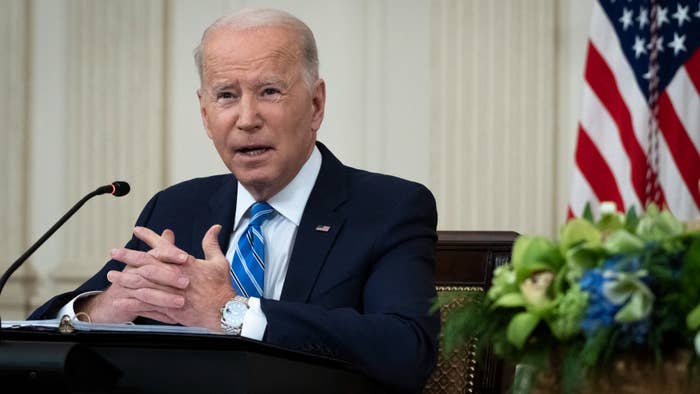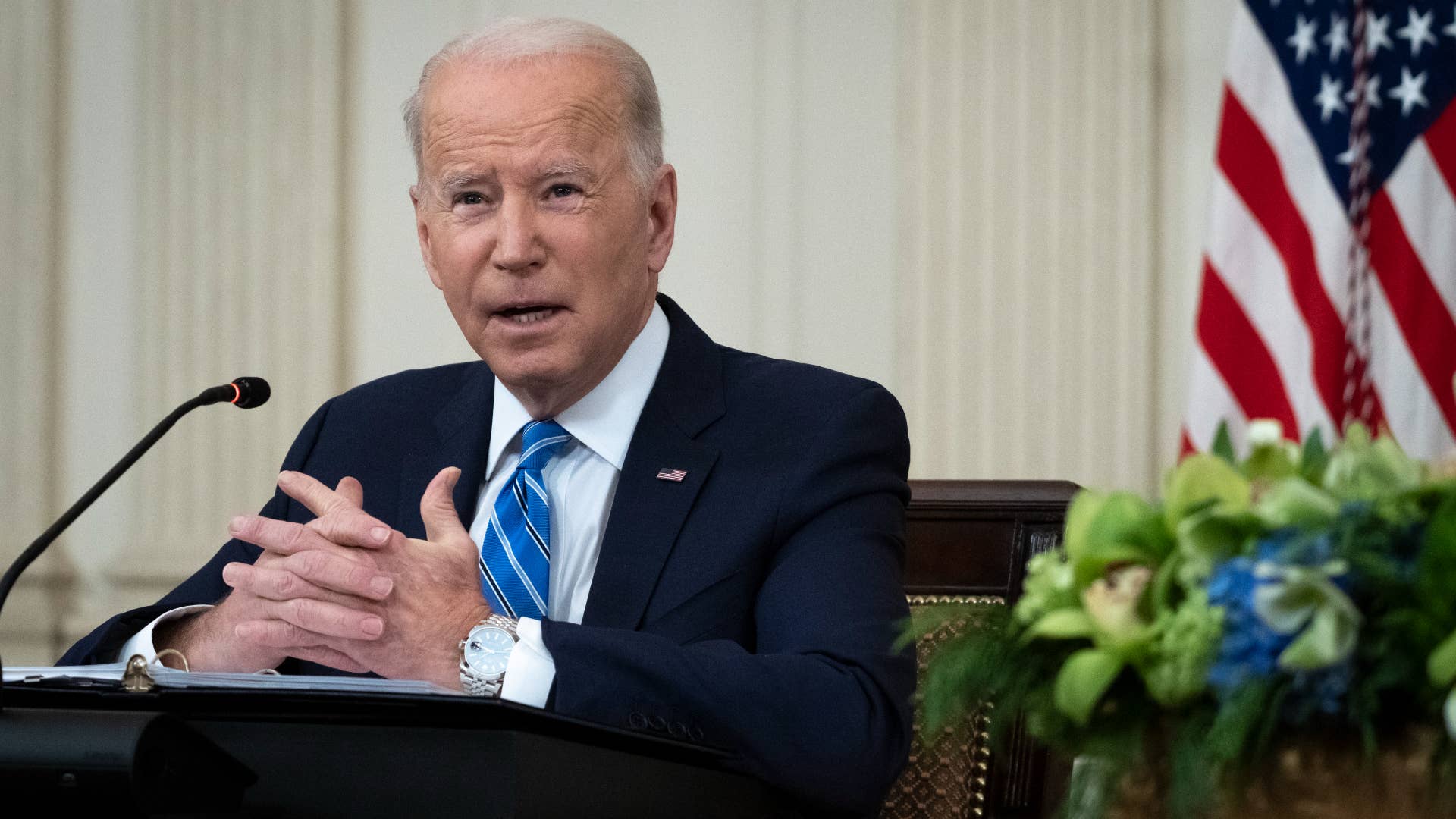
As we get deeper into 2022, and notably the second year of Joe Biden’s presidency, questions remain regarding the both the current status and the future of the student loan debt crisis.
In December 2021, the U.S. Department of Education extended the federal student loan repayment pause, providing additional (albeit temporary) relief for borrowers. The move didn’t mark the first time the pause had been extended, although news of the extension again revived criticism and confusion surrounding many facets of the current student loan situation.
Below, we take a look at the basis for that criticism, as well as what’s on the horizon for borrowers after this latest pause comes to an end.
Biden, who beat Donald Trump in the 2020 presidential election, mentioned while on the campaign trail (including in a Medium-shared post) a larger proposal of forgiving “all undergraduate tuition-related federal student debt from two- and four-year public colleges and universities for debt-holders earning up to $125,000, with appropriate phase-outs to avoid a cliff.”
In that post, shared in April 2020, Biden proposed that the federal government would then pay the monthly payment amount “in lieu of the borrower” until the forgivable portion of the loan was fully paid. The proposed benefit “would also apply to individuals holding federal student loans for tuition from private HBCUs and MSIs.”
At the time, Biden said this proposal was an addition to previous debt-focused proposals that included the Senator Elizabeth Warren-proposed canceling of a minimum of $10,000 of student debt per person. Biden expressed support for this idea, including on Twitter:
A frequent discussion topic in January 2022 has been the canceling of student loans to the tune of $15 billion in Biden’s first year of office. The intricacies behind that figure, however, can damper the excitement.
Forbes, for example, noted that supporters of far more widespread student loan cancelation often point out that only a small amount of people have thus far received cancelation-caused financial relief. At the close of 2021, as broken down by NPR here, Biden was assessed to have largely focused on improvements of programs that were already in place.
Meanwhile, a White House spokesperson recently reiterated Biden’s support of Congress providing $10,000 per person in debt relief. Those comments were given to Politico in response to Sen. Warren and Senate Majority Leader Chuck Schumer (as well as numerous other Democrats) having urged Biden to release a legal memo regarding the president’s ability to utilize executive powers in enacting broader student debt relief.
At the time of this writing, the current date set for federal student loans to resume repayment requirements was May 1.
“As we are taking this action, I’m asking all student loan borrowers to do their part as well: take full advantage of the Department of Education’s resources to help you prepare for payments to resume; look at options to lower your payments through income-based repayment plans; explore public service loan forgiveness; and make sure you are vaccinated and boosted when eligible,” Biden said when announcing the pause extension, the third such extension during his presidency.
An unpaid student loan could eventually go into default, which could further result in reports to credit bureaus. In more extreme cases of nonpayment, a borrower could be subjected to wage garnishments and/or tax refund withholding.
Defaulting also has additional potential consequences, including losing the ability to obtain additional loans.
While income-based repayment options can help some borrowers, the reality is that—no matter what—it’s supremely difficult (whether during a pandemic or not) to get out from under a mountain of debt.
As far as current options for those looking for relief that’s potentially more expansive, in October 2021 the Biden administration loosened up the rules surrounding the Public Service Loan Forgiveness program. As of January ‘22, the U.S. Department of Education—per an NBC News report—had estimated that more than 70,000 borrowers qualified for student loan forgiveness under the program. The program, notably, focuses on those working in specific fields ranging from educators to health care workers.
More generally, a number of loan-focused groups—including the Student Debt Crisis Center nonprofit—keep tabs on options for borrowers looking for assistance in navigating the journey of repayment. Among the services highlighted by the nonprofit as possibly being of assistance are Savi (a Public Benefit Corporation) and the Student Loan Borrower Resource Center. The latter features various resources, including from SDCC and various partners of the nonprofit.
And while the options here are indeed limited, some have taken more creative approaches, including by requesting that public figures offer their own financial assistance. In 2017, for example, several Nicki Minaj fans made headlines after the Queen artist helped them with their loans.
For private loan borrowers, meanwhile, recent developments on that front—including a major Navient settlement—should bring some student loan relief to tens of thousands of people.
For speed, the U.S. Department of Education and others recommend paying more than the minimum monthly payment, as well as putting tax refunds toward the balance each year. For most, however, those aren’t always viable options.
“Student loan repayment isn’t one size fits all, but the majority of people just try to pay back their debt normally,” Shann Grewal, a former VP of the fintech services company IonTuition, explained to Investopedia in January of this year. Crucial to the process, Grewal cautioned, is finding a repayment plan that’s most suitable for a borrower’s unique situation.
Generally speaking, as highlighted in a 2021 NerdWallet breakdown of the pros and cons of differing approaches to repayment, the quickest path (though certainly not the most realistic for some borrowers) toward repayment is to remain on the standard 10-year plan.
For many borrowers, however, an income-based approach to repayment proves to be the best option.


